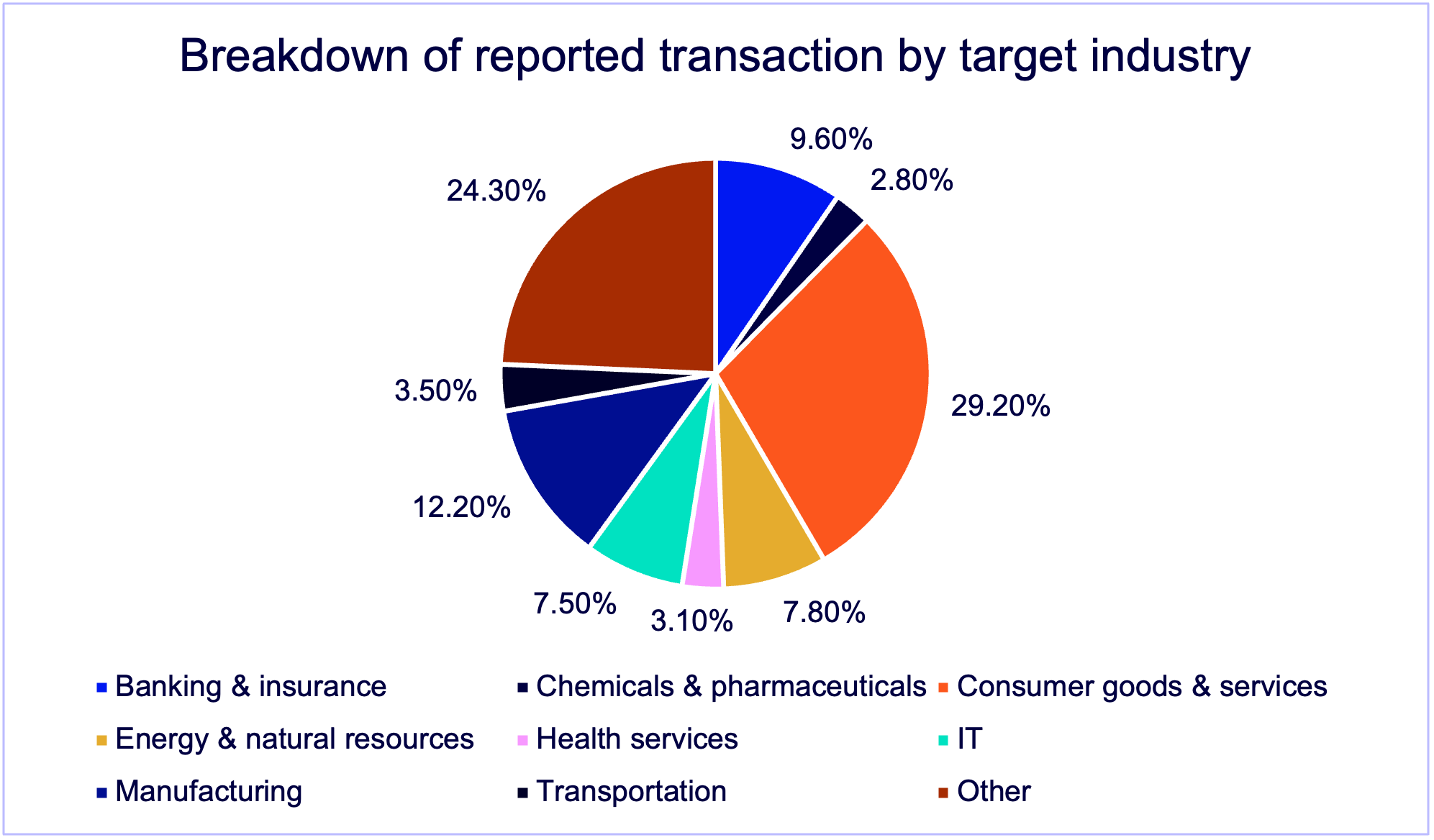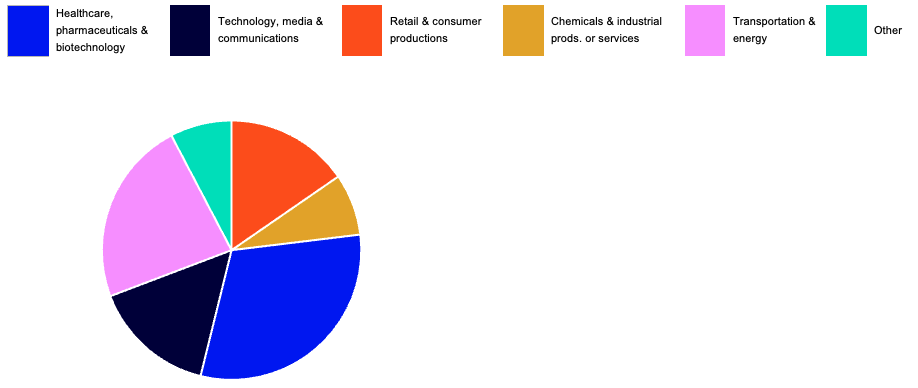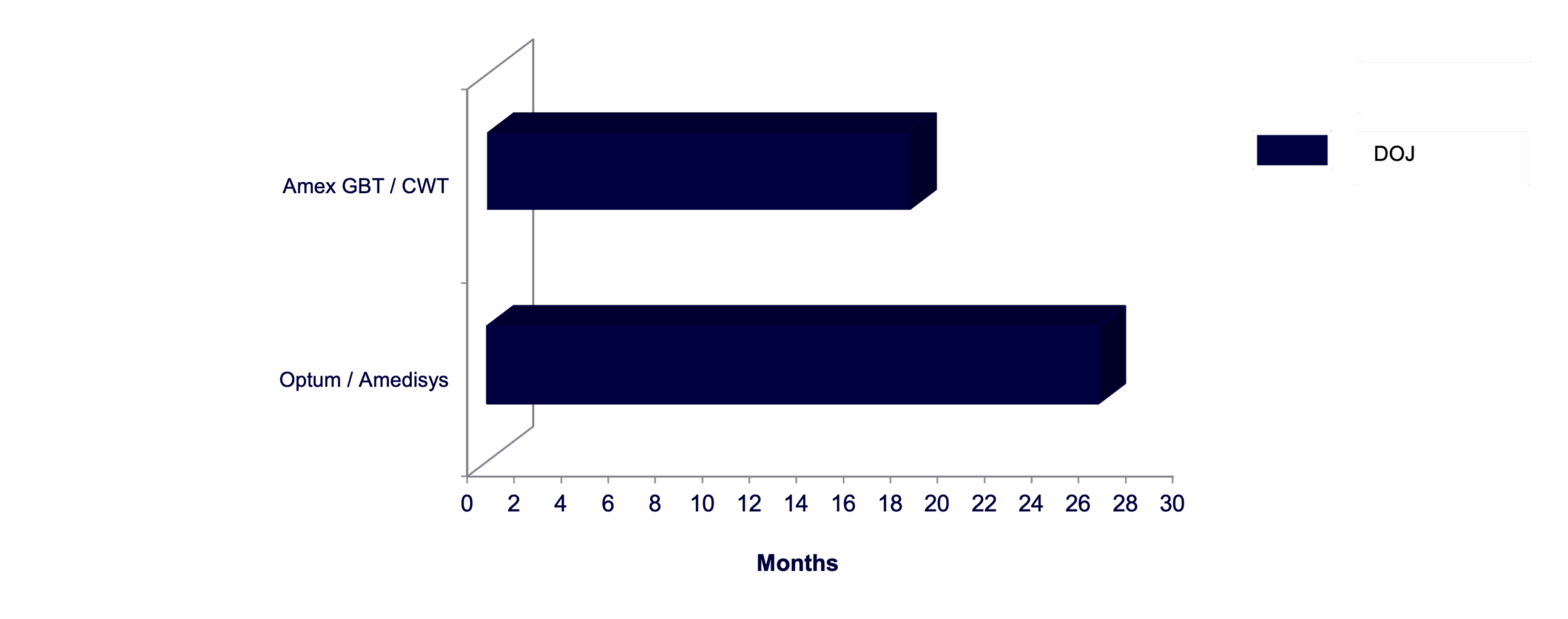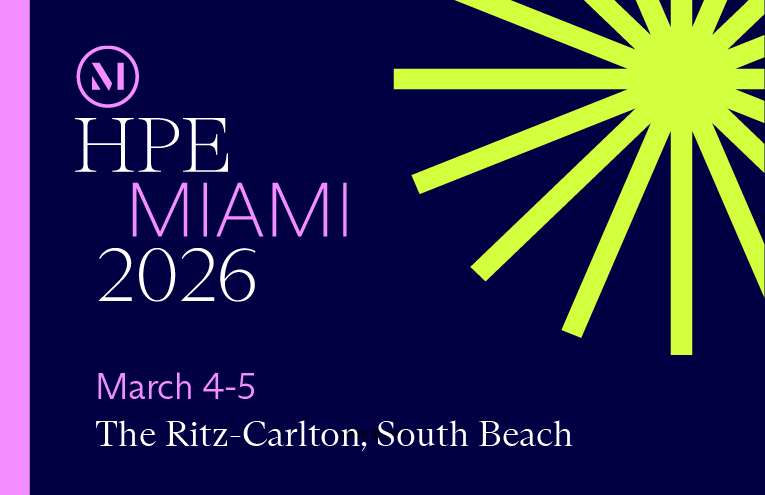Overview
United States (US) antitrust enforcement in Q3 2025 reflects a pragmatic yet assertive approach under the Trump administration. While the US Department of Justice (DOJ) and Federal Trade Commission (FTC) are clearing mergers swiftly or resolving concerns through settlements, they remain vigilant on compliance – particularly with Hart-Scott-Rodino (HSR) obligations. Recent speeches and enforcement actions underscore a dual message: Regulators aim to facilitate dealmaking where competitive risks are minimal but will not hesitate to impose penalties or pursue litigation, when necessary.
DOJ antitrust head says its aim is to “get out of the way quickly” in most cases
In a speech before the Ohio State University Law School, US Assistant Attorney General (AAG) Gail Slater, the head of the DOJ Antitrust Division, noted that the guiding principle of her (and the Trump administration’s) antitrust enforcement philosophy is to enforce the nation’s competition laws “both vigorously and fairly, with clear rules that facilitate, rather than stifle, the ingenuity of [America’s] greatest companies.” AAG Slater said the DOJ’s job is to call balls and strikes and let the free market do its job, opining that the “vast majority of mergers do not give rise to competitive concerns, and in those cases, [the DOJ] aim[s] to get out of the way quickly.”
These comments are consistent with what we have seen with the Trump FTC and DOJ in 2025, as demonstrated by the number of merger settlements entered into this summer by the FTC and DOJ. Though AAG Slater’s remarks only represent the Antitrust Division’s enforcement philosophy, the FTC appears to be following a similar philosophy as the DOJ by clearing transactions unconditionally or entering into significantly more merger settlements as compared to the Biden administration.
The chart below identifies the merger settlements entered into this summer and fall. It is important to note that the Trump DOJ agreed to settle two merger challenges brought by the Biden administration (Hewlett Packard Enterprise/Juniper Networks and United Health/Amedisys). Despite the merging parties proposing a settlement, the FTC elected to continue challenging GTCR’s acquisition of Surmodics, arguing that the divestiture proposed was not a stand-alone business and would not maintain competition. The Surmodics challenge demonstrates that the Trump antitrust regulators will still scrutinize proposed settlements and will not just accept any settlement if it does not address its concerns.
The chart below is provided as a refresher of the merger settlements entered into this summer and early fall.
Merger settlements in Q2/Q3 2025
| Merging parties | Settlement requirements | Antitrust agency |
| Synopsys/Ansys | Divestiture of optical software tools, photonic software tools, and consumption analysis tool | FTC |
| Keysight Technologies/Spirent Communications | Divestiture of high-speed ethernet testing, network security testing, and RF channel emulation businesses | DOJ |
| Safran/RTX | Divestiture of North American actuation business and related assets | DOJ |
| Hewlett Packard Enterprise/Juniper Networks | Mid-litigation divestiture of HPE Instant On business and license critical Juniper software to independent competitors | DOJ |
| UnitedHealth/Amedisys | Mid-litigation divestiture of 164 home health and hospice locations across 19 states | DOJ |
DOJ continues to pursue alleged HSR rules violations
Although the antitrust agencies are accepting more settlements, they are still aggressively investigating and prosecuting companies that they contend violate the HSR rules. As part of the UnitedHealth/Amedisys settlement referenced above, Amedisys agreed to pay a $1.1 million civil penalty and implement a compliance program to settle claims that it violated the HSR Antitrust Improvements Act (HSR Act) (15 U.S.C. § 18a) by allegedly falsely certifying that it had provided true, correct, and complete information in response to the DOJ’s merger investigation when it provided large volumes of information after that certification.
Amedisys is not the only company that has found itself in DOJ’s crosshairs. There have been a number of lawsuits related to HSR Act compliance either because parties allegedly provided false information or failed to comply with document production requirements. Former Assistant Attorney General for Antitrust Bill Rinner said in a speech earlier this summer that the division “will seek judicial sanctions where parties systematically abuse legal professional privilege or recklessly disregard professional duties by withholding or altering documents required by the HSR Act.”
AAG Slater announced the creation of the “Comply with Care” task force meant to resolve some of the challenges that the DOJ staff encounter with “problematic tactics” from outside lawyers and law firms – including what AAG Slater describes as delay tactics, privilege abuses, and destruction of evidence via failure to preserve ephemeral chat communications.
FTC and DOJ issue annual HSR report for FY 2024
The FTC and DOJ released the HSR Annual Report for FY 2024, which covers October 1, 2023, through September 30, 2024. While the report does not include the significant effects of the new HSR filing rules on parties making US premerger filings, it does contain key statistics regarding the number of filings overall and in specific sectors. In FY 2024, there were 2,031 transactions reported under the HSR Act, up from 1,805 the previous year. Roughly one-fourth of these transactions were valued at $1 billion or more. The agencies took action against 32 transactions – 18 by the FTC and 14 by the DOJ – resulting in abandonments, the restructuring of deals, or federal court litigation. Below are more key statistics on the number of challenged transactions and abandonments.
| FTC | DOJ | Total (percentage of transactions reported) | |
| Clearance granted to agency | 103 | 81 | 184 (9.0%) |
| Second requests | 30 | 29 | 59 (3.0%) |
| Enforcement actions against transactions | 18 | 14 | 32 (1.6%) |
| Abandonments/restructured transactions | 12 | 14 | 26 (1.3%) |
Below is the industry breakdown of adjusted transactions based on the acquired entity’s operations.

US M&A Activity: By the numbers
Number of enforcement actions in key industries1

Snapshot of selected enforcement actions2
Time from signing to consent or investigation closing









